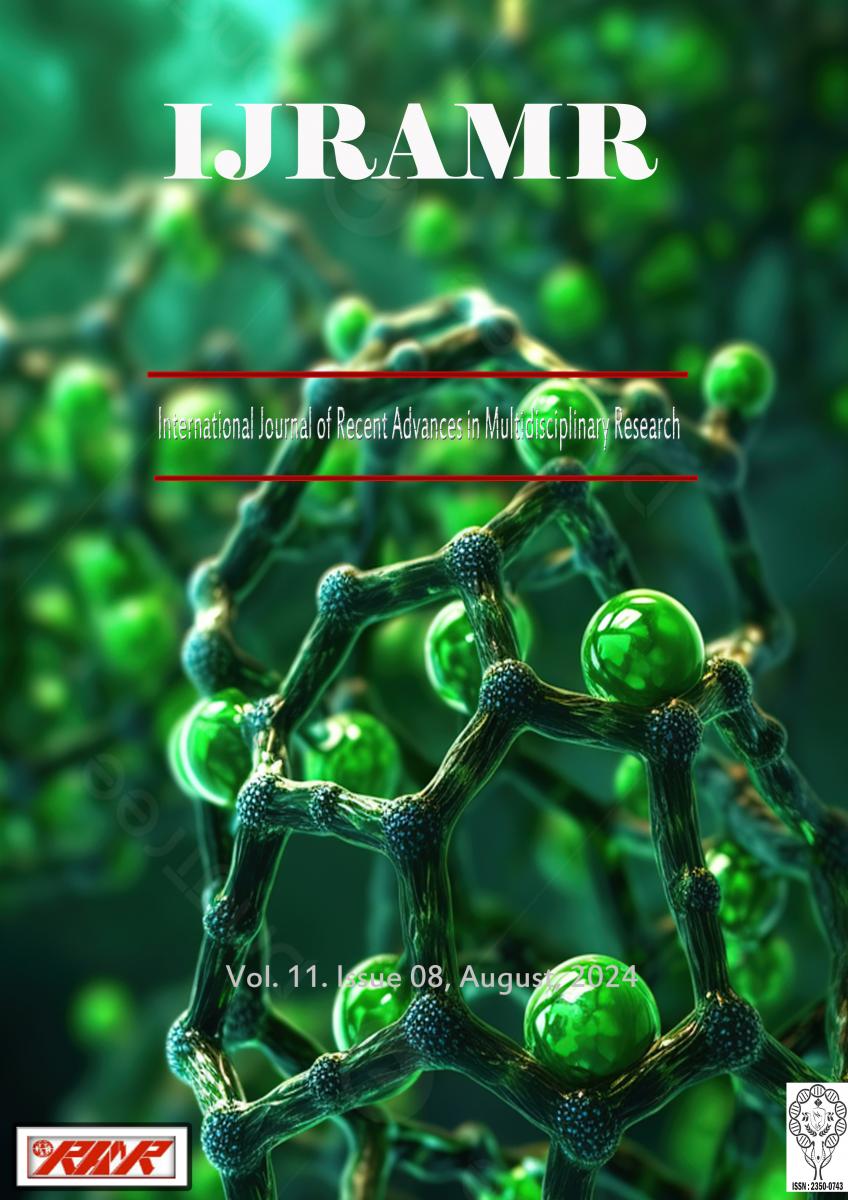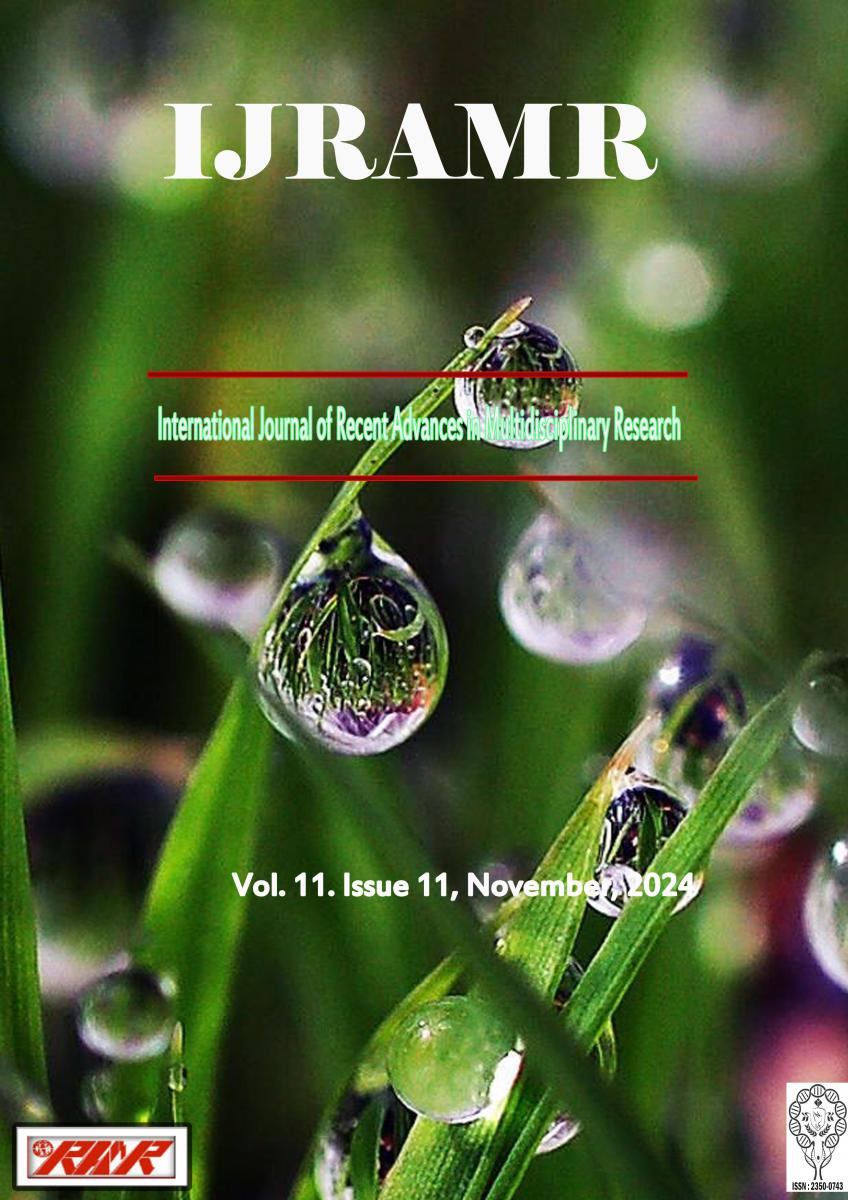Introduction: Most common benign tumours of smooth muscle is leiomyoma which is frequently seen in uterus. Extrauterine leiomyoma are rare especially in the deep soft tissue like female urethra. Thus, presence of a urethra mass poses a significant diagnostic challenge as its differential diagnosis includes an extensive list of both benign and malignant pathologies of gynaecological or urologic origin. We describe an unusual case of urethral leiomyoma that was mistaken as bladder mass. Objective: Review the diagnosis and evaluation, summarize the treatment of urethral leiomyoma. Methods: A 23 yr. old female presented to our department with complains of increased frequency of micturition and lower abdominal pain since 2 months. CT KUB suggestive of well defined mild homogenously enhancing soft tissue density polypoidal mass lesion in proximal urethra indenting on base of bladder with intravesical extension likely suggestive of benign neoplastic mass. The patient underwent transurethral resection of the urethral mass under spinal anaesthesia. Results: HPE S/o Benign spindle cell lesion of urethral tumour IHC = SMA & Vimentin – Positive suggestive of leiomyoma. Conclusion: Urethral leiomyoma is rare and poses diagnostic difficulty to a certain degree. Complete surgical excision was recommended for HPE confirmation.






